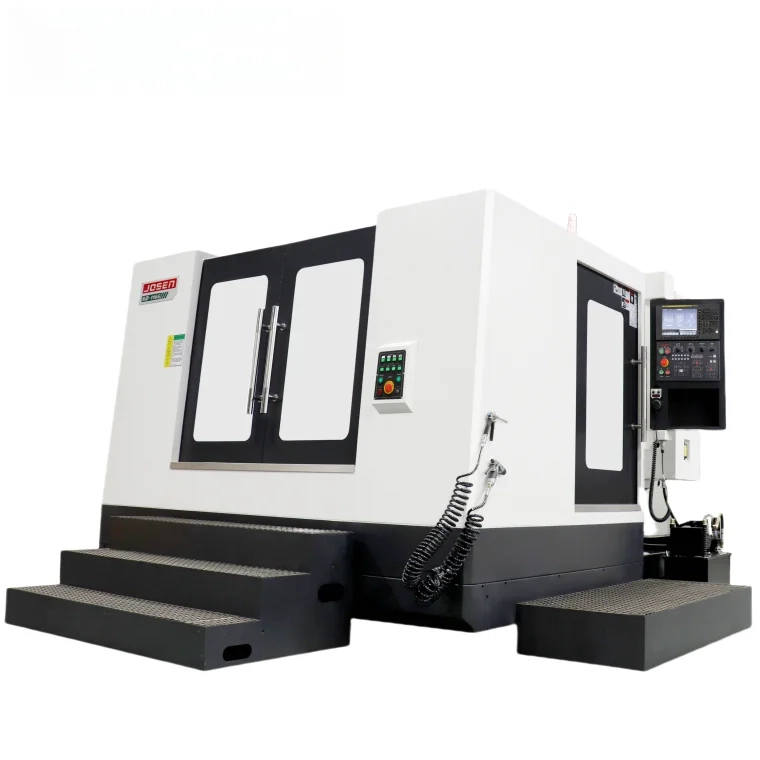When it comes to maintaining the performance of your Canon printer, understanding the nozzle check process is crucial. A nozzle check is a diagnostic tool that helps you assess the health of your printer's printhead, ensuring that your prints are of the highest quality. In this article, we will delve into what a Canon nozzle check should look like, how to interpret the results, and the steps you can take to resolve any issues that may arise.
Understanding the Nozzle Check
A nozzle check involves printing a test pattern that reveals the status of the ink nozzles in your printer. Canon printers typically produce a grid-like pattern that displays various colors, including black, cyan, magenta, and yellow. The primary purpose of this test is to identify any clogged nozzles that could lead to streaks, missing colors, or poor print quality.
What Should a Canon Nozzle Check Look Like?
- Clear and Distinct Patterns: A successful nozzle check will display clear and distinct lines of color without any gaps or interruptions. Each color should be represented evenly across the test pattern. If the lines appear broken or missing, it indicates that certain nozzles may be clogged.
- Uniform Color Distribution: The colors should be vibrant and uniform. For instance, the black section should be a solid black without any streaks, while the color sections should show a smooth gradient without any fading or discoloration.
- No Overlapping Colors: Each color should remain within its designated area. Overlapping colors can indicate issues with the printhead alignment or a malfunctioning ink cartridge.
- Absence of Banding: Banding refers to the horizontal lines that can appear in printed images when the printhead is not functioning correctly. A proper nozzle check should not exhibit any banding, which is a sign of a healthy printhead.
Interpreting the Results
Once you have printed the nozzle check, it’s essential to analyze the results carefully:
- Complete and Clear Patterns: If your nozzle check appears as described above, your printhead is functioning correctly, and you can proceed with your printing tasks without concern.
- Gaps or Missing Colors: If you notice gaps in the lines or missing colors, it’s time to perform maintenance. This could involve running a cleaning cycle through your printer's software or manually cleaning the printhead.
- Faded Colors: If the colors appear faded, it may indicate low ink levels or an issue with the ink cartridges. Check the ink levels and replace any cartridges that are running low.
Troubleshooting Common Issues
If your nozzle check reveals problems, here are some steps you can take to resolve them:
- Run the Cleaning Cycle: Most Canon printers come equipped with a cleaning function that can help unclog nozzles. This process uses ink to flush out any blockages. You can typically find this option in the printer's maintenance menu.
- Perform a Deep Cleaning: If the standard cleaning cycle does not yield results, consider performing a deep cleaning. This process uses more ink and is more thorough, making it effective for stubborn clogs.
- Check Ink Levels: Always ensure that your ink cartridges are adequately filled. Low ink levels can lead to poor print quality and may cause the nozzles to clog.
- Manual Cleaning: If automated cleaning fails, you may need to manually clean the printhead. This involves removing the printhead and using a lint-free cloth and cleaning solution to gently wipe the nozzles.
- Replace Ink Cartridges: If you continue to experience issues, it may be time to replace your ink cartridges. Ensure you are using genuine Canon cartridges for optimal performance.
Conclusion
Understanding what a Canon nozzle check should look like is essential for maintaining the quality of your prints. Regularly performing nozzle checks and interpreting the results can help you catch issues early, ensuring that your printer operates at peak performance. By following the troubleshooting steps outlined above, you can address any problems effectively, keeping your Canon printer in top shape for all your printing needs. Remember, a well-maintained printer not only saves you time and money but also enhances your overall printing experience.



More Stories
What Is Hypalon Rubber Sheet? Exploring Its Exceptional Weather Resistance
What Is SMC (Sheet Molding Compound)? Complete Guide for Engineers
Metal Packaging: Leading a Sustainable Future for Food Packaging through Infinite Recyclability and Carbon Reduction